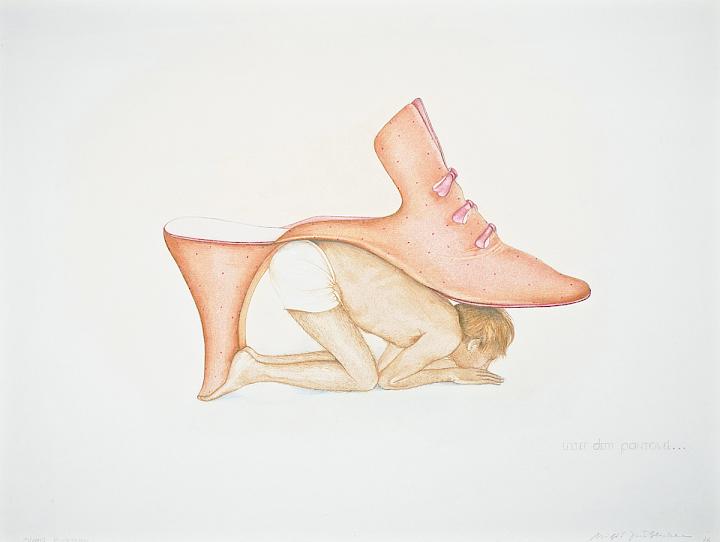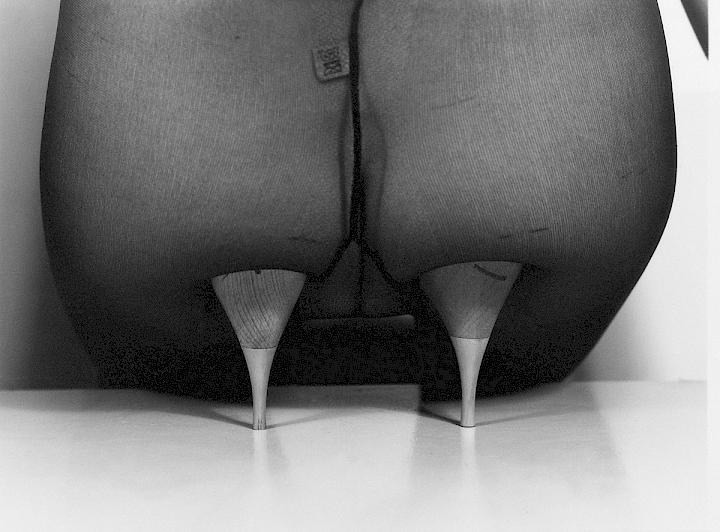The Fragile Feminist We
15/10/21 till 30/10/22
Curated by Gudrun Danzer and Günther Holler-Schuster
With the exhibition Ladies First! the Neue Galerie Graz undertook an attempt in 2020/21 at a historical snapshot of local women artists from 1850 to 1950. The title of the follow-up exhibition ‘Ladies and Gentlemen’ is also taken from the context of chivalry – while the high-sounding empty phrases are both popular and represent a provocation, they are intended to provide easy access to the subject.
The exhibition, which considers the period beginning in the present day reaching back to the 1960s, is international in perspective and based on the collection at the Neue Galerie Graz. The exhibition and collection history has resulted in differing priorities and nuances in terms of content, which, parallel to the general development, can be placed within the context of the feminism and gender debate. The fact that several ‘gentlemen’ are now mingling with the ‘ladies’ is thanks to the current discussion, as well as the specific exhibition history of the Neue Galerie Graz. In 1979, the Neue Galerie Graz, within the framework of the trigon Biennale, reacted to the so-called New Women’s Movement, in which female visual artists had been heavily involved internationally, with the exhibition masculin feminin. At the trigon ’79, however, one already followed the notions of the equality of the sexes, inviting female and male artists to participate in roughly equal measure. mehr
Ladies and Gentlemen has now set itself the task of offering insight into essential social discourses of the last half-century to the present day – specifically, into those of feminism, gender studies and queer theory. That this undertaking must perforce remain fragmentary, making no claims to completeness whatsoever, is self-evident, given the scope and complexity of this discourse. Rather, examples of formulations are on show that shed light and comment upon the discussion, both historical and present-day. Divided into five loosely-structured themes, the exhibition shows both international and Austrian positions from different generations, some of the works being well-known, others almost forgotten today.


